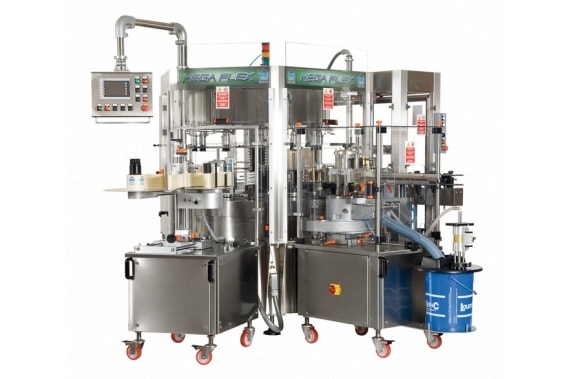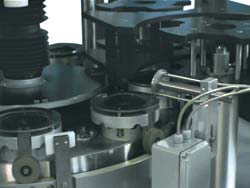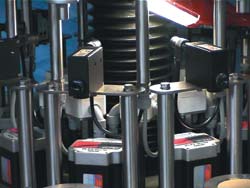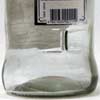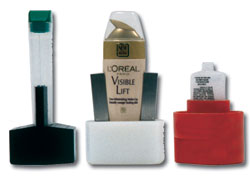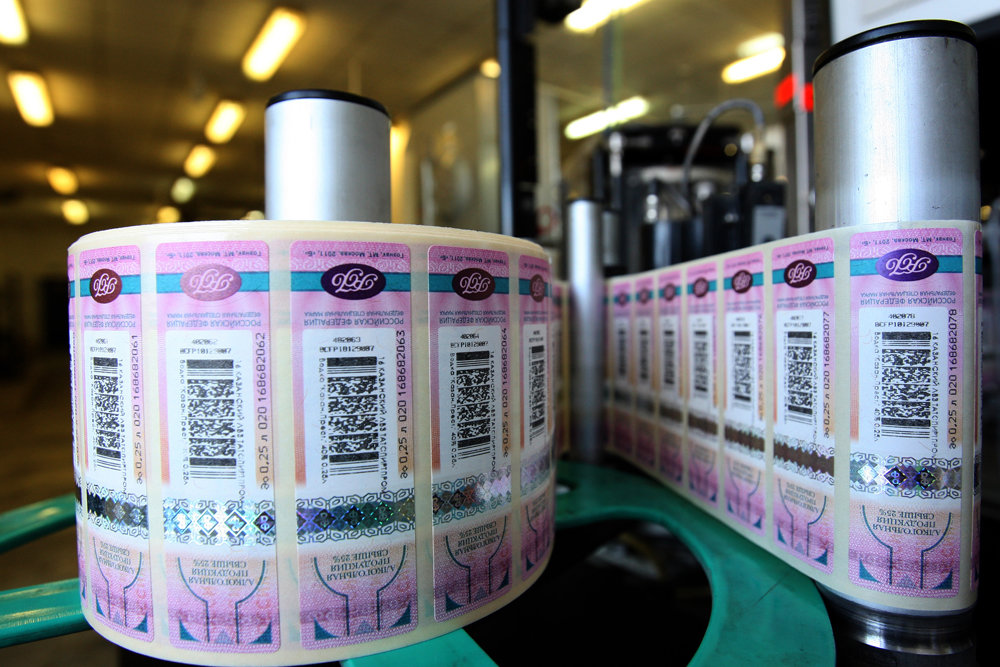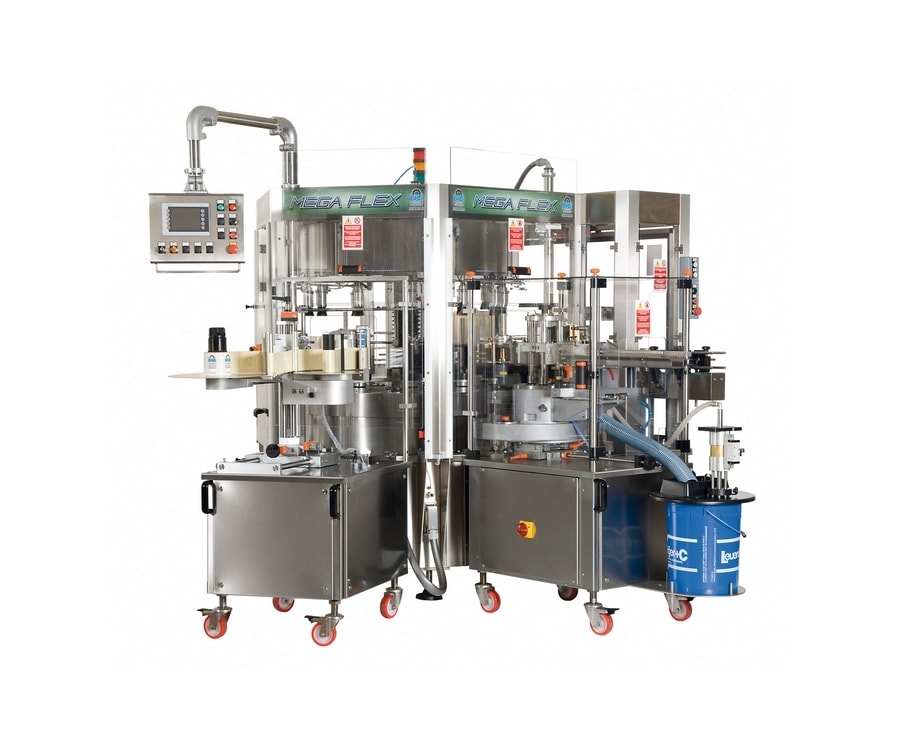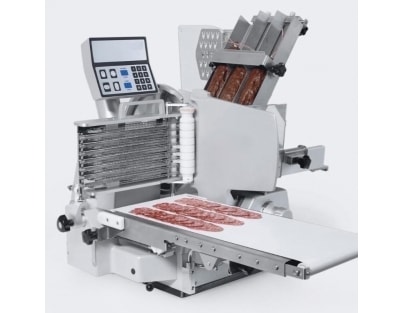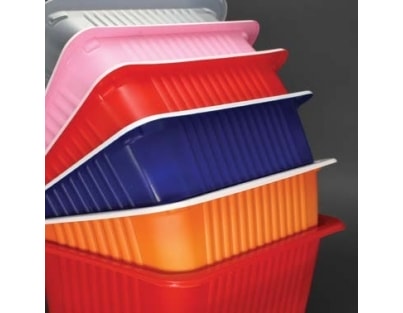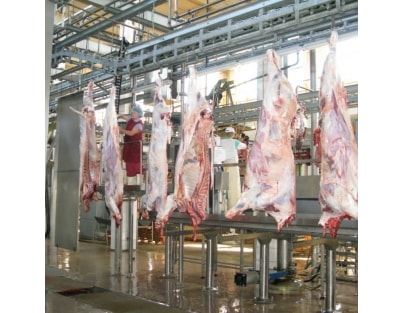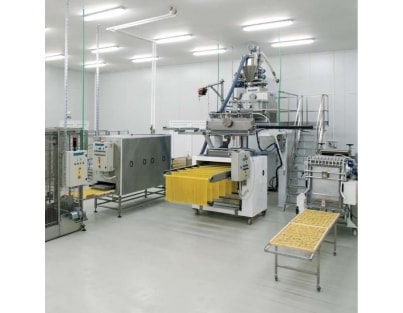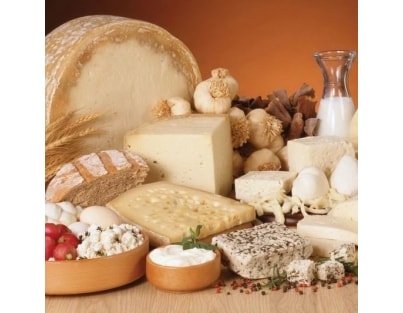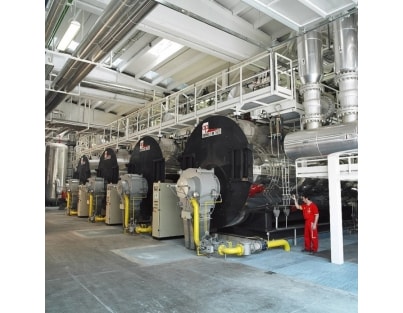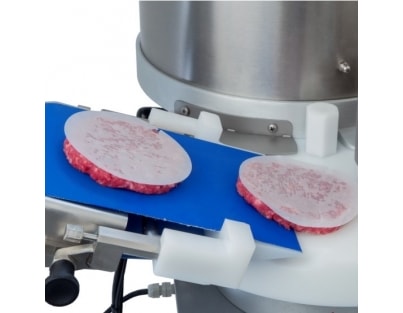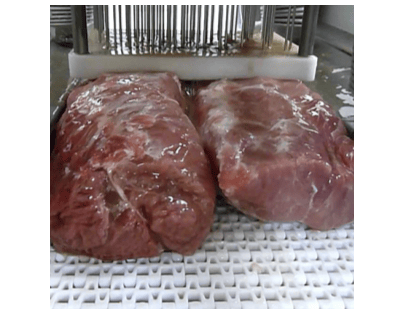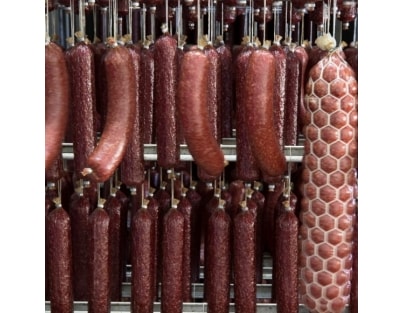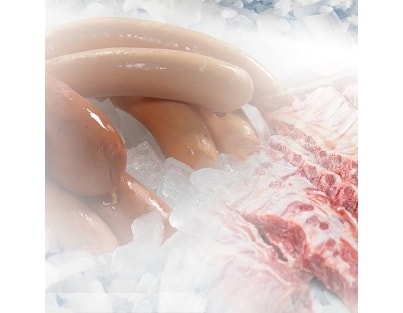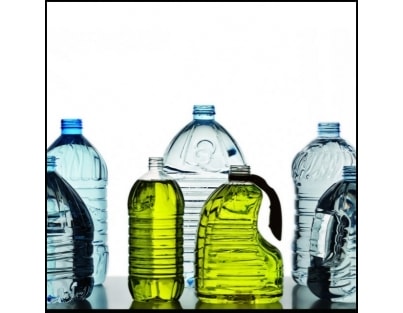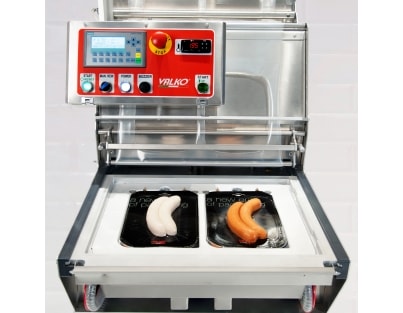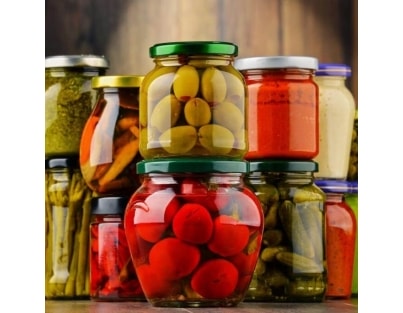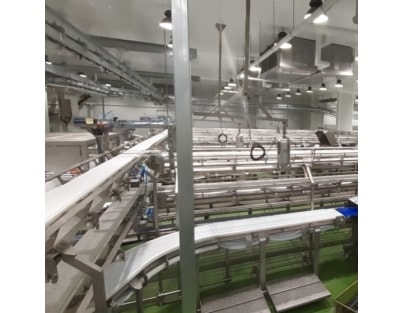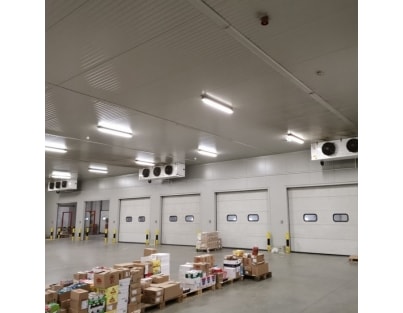- Centrally collected lubrification points
- Coding / dating device: inkjet, laser or hot-date stamping
- Checking for label presence with reject devices
- Vision system
- Shaped plates for shaped container or unstable containers
The rotary labelling machine MEGA FLEX is fully automatic. The machine design includes servo motors, a programmable electronic cam and labelling stations installed on removable and interchangeable slides in order to offer customers maximum fl exibility in terms of container shape, label types and glue application systems.
Technical description
- High labelling accuracy
- Long service life due to high quality materials
- Control of glue film thickness via micrometer adjustment
- Guided cam rollers for raising and lowering the centering bells
- Inverter
- Encoder
- Fast changeover
- Ease of operation, cleaning and maintenance
- Safety guarding for operator protection according to CE rules
- Electronic containers counter
- Automatic speed control according to input and output photocells
- Container bottle plates rotation by servo driven motors
- Safety clutch on timing screw, infeed and outfeed star
- Touch screen operator panel
- Programmable logic controller
- Turret electrical height adjustment




